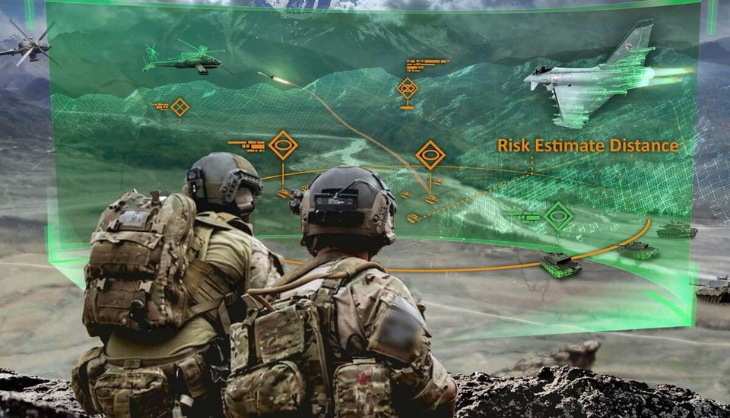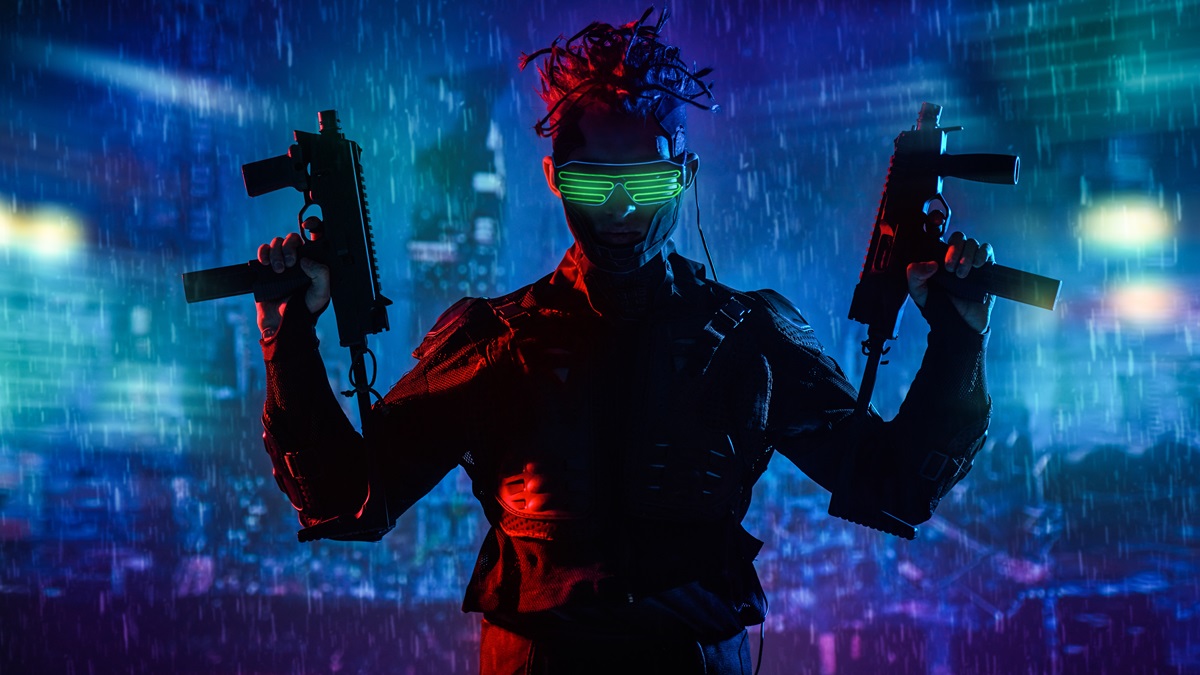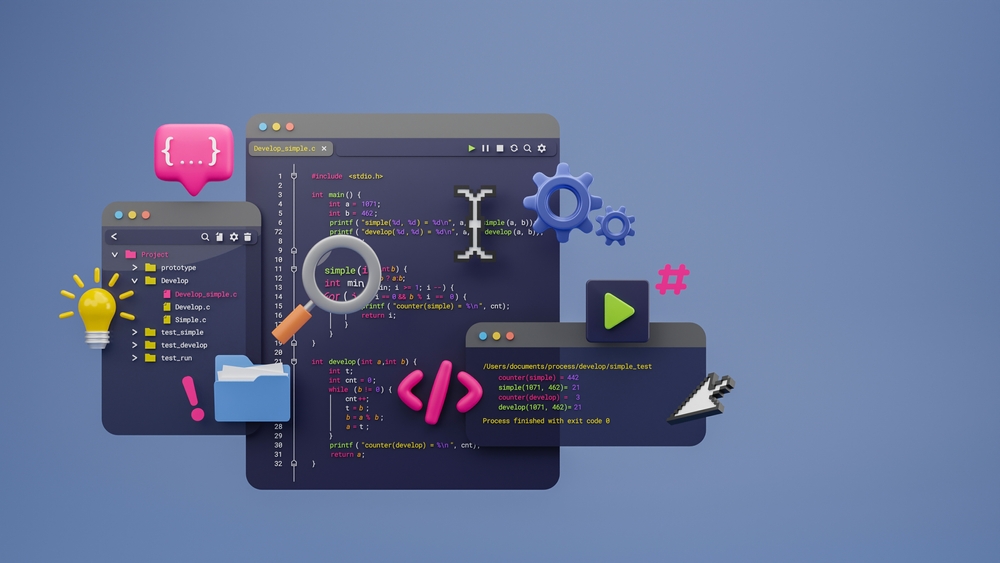Military VR: Applications of AR VR in Military Training
AR and VR-backed tactical military training will revolutionize how soldiers process data and instructions to execute operations in combat missions. The military also benefits from reduced training spending and lower soldier mortality rates.
Augmented Reality (AR) and Virtual Reality (VR) have ushered in a new world of learning across industries. Military training is no different when it comes to leveraging AR and VR.
However, their pivotal role in the military often goes under the radar. AR and VR-backed tactical military training is revolutionizing how soldiers process data and instructions to execute operations in combat missions. The military also benefits from reduced training spending and lower soldier mortality rates.
In this blog, we dive deep into the growing significance of Military VR and AR in the armed forces, exploring how they prepare for a new era of training and readiness.
But before everything else, we have the statistics to do the talking.
Key Statistical Data for AR and VR in Military Spends
The US Defence Department spends around $14 billion annually on synthetic digital training, which amounts to 2% of the total US military spending in a year. (Deolitte)
The spending on VR is approximately
- $6.4 billion in the US
- $5.1 billion in the Asia Pacific region
- $3 billion in Europe, Middle East and Africa combined.
- Projections show that the US will invest around $11 billion in virtual, augmented, and mixed reality training systems by 2022.
- The US Army has signed a US$21.88 billion deal with Microsoft for the supply of 120,000 plus HoloLens AR headset-based devices.
Applications of AR/VR in Military Training
The defense and military sectors were
among the first to understand and deploy AR and VR technologies and have
integrated them as strategic military training tools.
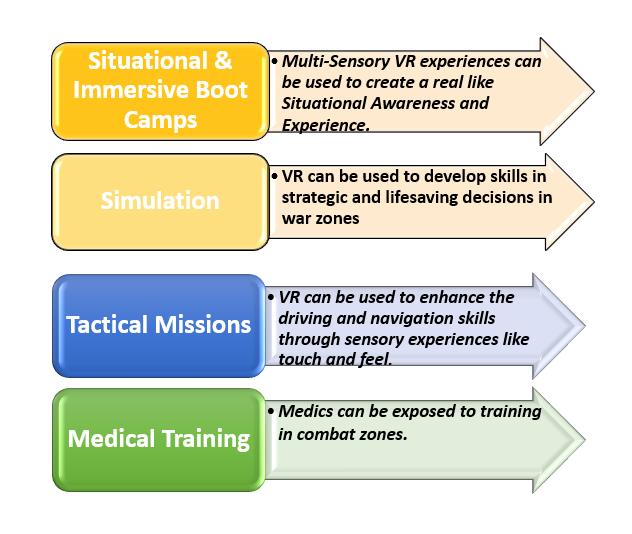
- Situational and Immersive Boot Camp Experiences
Multi-Sensory VR experiences can create a digital training environment for Situational Awareness and Experience.
The Benefit
AR and VR deployment in military boot camp training showcases operations in hostile areas like jungle interiors, snow-covered mountains, rivers, oceans, deserts, and even the skies. It teaches soldiers critical skills like teamwork, survival, and adaptability.
Also read: Potential of Virtual Reality in Aviation and Aerospace Industry
- Developing Strategies for Tactical Missions
VR can be used to develop skills in
strategic and lifesaving decisions in war zones.
Multi-user combat system networks are critical to a successful mission. AR and VR replicate such situations in a virtual environment and allow military commanders to develop real-time collaboration and strategic thought skills in critical missions.
The Benefit
Helps foster leadership traits, teamwork, collaboration, and the ability to execute with the presence of mind.
- Vehicle and Flight Simulations
VR can be used to enhance driving and
navigation skills through sensory experiences like touch and feel.
VR can be effectively applied to vehicle
and flight simulations to train soldiers in handling fighter planes,
submarines, and ground vehicles, without even stepping into one and yet equip
them with better driving, flying, and navigation skills.
VR training enables even sensory experiences. Trainees can experience the disorientation of parachuting off an aircraft or even the closed and cramped conditions of armored vehicles. VE-enabled sense of touch allows pilots to touch and feel switches and controls in the cockpit.
The Benefit
The innovative immersive training
module exposes the trainees to actual activities to develop better driving and
navigation abilities.
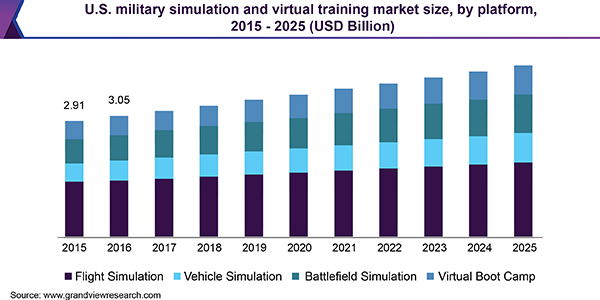
- Medical Applications in Military Training
Medics are exposed to training in
combat zones.
In the traditional setup, medics were not trained in field conditions. But, with VR, doctors can be thrust into war-like zones, where they can hone and develop skills in hostile conditions. VR can also be used to treat anxiety symptoms in recruits or PTSD in soldiers.
The Benefit
Medics under training can now gain a level of expertise and insight into field-like conditions, making them battle-ready.
VR can offer an immersive, authentic experience, like none other, at a lesser cost and imparts valuable lessons in teamwork, critical mission strategies, and survival skills.
Related news: EDIIIE Deploys MR and VR to Develop Defence Training Modules
Expenses vs. Benefits
VR allows military personnel to
undertake a vast range of simulations without the associated costs, thus
massively reducing training budgets.
There is enormous potential to scale
up training in the defense sector that requires cutting-edge precision and
practical training. The application of VR in military training can produce
soldiers who are better prepared psychologically and strategically.
- Cost-Effective: Reduces costs associated with sending trainees to various locations for training.
- Time-Saving and Efficient: On-site, on-demand customized training enables a greater outreach in a lesser period
- Connects Instantly: The current generation consumes digital content more easily
- Comprehensive Learning and Safer: Immersive, 360-degree situations offer life-like combat experiences which boost critical skill development and provide a safe training environment.
Concerns and Solutions
There have been some concerns raised
about adopting virtual reality in defense. The chart below encapsulates the
key considerations and possible solutions to allow for a more open-minded
approach to VR adoption.

The Scope of AR and VR in Military Training
The
inclination of the armies to incorporate AR and VR in military training finds
resonance with the data estimates of the AR market for the military sector,
which is estimated to reach US$ 1,797.5
million by the end of 2025.
- The
global VR market is expected to reach
$75 billion by 2021, with China’s demand potentially surpassing 85 million units, crossing the US
forecasted demand of 68 million units.
AR and VR in military training offer life-like created simulations for a wide range of military training needs. They can help armies across the world build safer ecosystems for soldiers while ensuring mission success.
And at the epicenter of these
technological advancements and simulation-led reforms is EDIIIE. Armed with cutting-edge technology and unmatched experience, As a leading VR company, EDIIIE is constantly innovating with the practices of VR in military
training.
